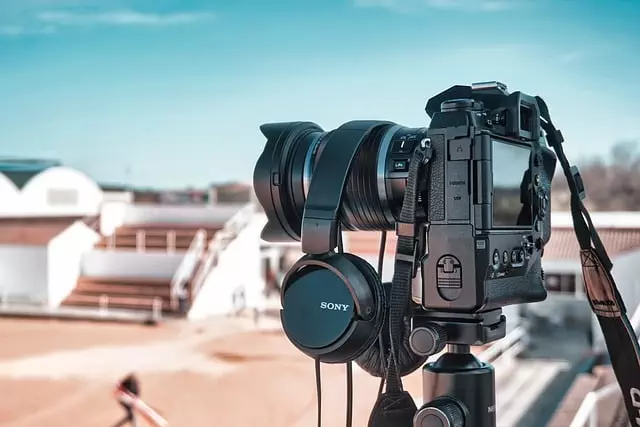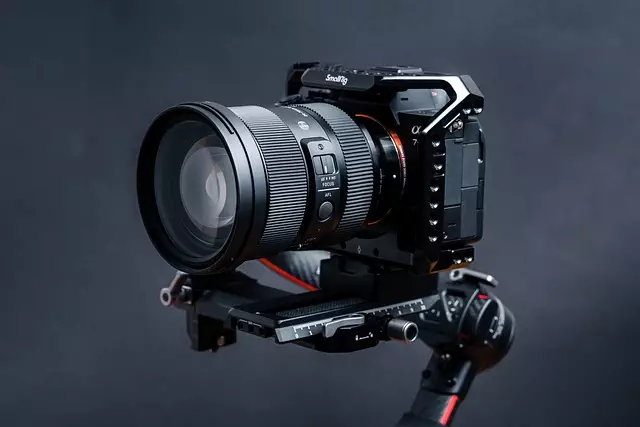Converting videos to DivX format enhances video processing with efficient encoding and decoding capabilities, achieving smaller file sizes without compromising visual quality. This process is facilitated by specialized software tools that support both encoding existing videos into DivX and decoding them for universal playback compatibility across diverse devices and platforms. DivX's widespread compatibility ensures your multimedia content remains accessible to a broad audience using various media players, making it ideal for online distribution or optimizing storage space. "How to Convert DivX" is a simple process, easily accomplished with modern video editing software or online tools, by selecting the DivX codec during encoding.
Effortlessly Encode and Decode Videos with DivX: A Comprehensive Guide
DivX, a powerful video codec, has revolutionized multimedia since its inception. Known for its exceptional compression efficiency without sacrificing quality, DivX remains a popular choice for online streaming, file sharing, and creating compact media files. This article explores the ins and outs of DivX, guiding you through the process of converting videos using this versatile format. We’ll delve into the history and benefits of DivX, recommend top-tier software, and provide step-by-step instructions for encoding and decoding videos smoothly. By the end, you’ll be equipped to master DivX conversion for all your video needs.
# Blog Post Outline: How to Convert DivX – Efficient Video Encoding and Decoding

Converting DivX format can significantly enhance your video processing capabilities, making it ideal for both encoding and decoding tasks. The DivX codec, known for its efficiency and high-quality output, has evolved over time to meet modern streaming and editing demands. By converting your videos to this format, you unlock a range of benefits, including smaller file sizes without compromising visual fidelity, which is perfect for online distribution or optimizing storage space.
The process of converting DivX involves using specific software tools that support this codec. These tools allow you to encode existing videos into DivX or decode them for seamless playback on various devices and platforms. With its widespread compatibility, DivX ensures your content remains accessible and compatible with a broad range of media players, making it an excellent choice for creating or converting multimedia assets efficiently.
1. Understanding DivX and Its Role in Video Compression

DivX is a video compression format that has played a significant role in enhancing media playback efficiency. It was developed with an emphasis on maintaining high-quality video while significantly reducing file sizes, making it ideal for encoding and streaming videos over the internet. The DivX codec efficiently compresses videos by leveraging advanced prediction techniques, discrete cosine transform (DCT), and motion compensation, allowing for smaller file sizes without notable quality loss.
Converting to DivX is a straightforward process, especially with modern video editing software and online tools readily available. Users can easily encode their videos in DivX format, taking advantage of its excellent compression capabilities. This process involves selecting the DivX codec during the encoding settings, ensuring optimal performance for both encoding and decoding, resulting in smaller file sizes that are perfect for sharing and streaming while retaining watchable quality.
DivX has long been a powerful tool for efficient video encoding and decoding, making it an excellent choice for those looking to optimize their media files. By understanding its role in video compression and leveraging the right conversion methods, you can take full advantage of DivX’s capabilities. Learning how to convert DivX formats is a valuable skill that allows you to enjoy high-quality videos with reduced file sizes, ensuring a seamless viewing experience without compromising on quality.
